Cisco Financial Analyst Day: 9 Tough Questions For CEO Chambers And Team
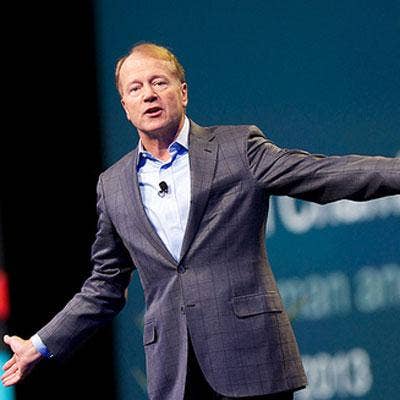
Cisco Under Fire
On Dec. 12, Cisco held its annual financial analyst event in New York, where CEO John Chambers and other top-level Cisco executives fielded a number of tough questions from the financial analyst and investor community.
The questions ranged from how Cisco plans to handle its transition from a hardware-focused company to one focused on services to whether it plans to develop its own storage solutions in-house. Here's what Chambers and his team had to say.
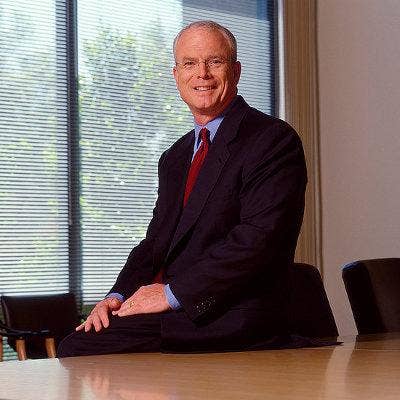
Cisco is transforming from a hardware company to a services company. What challenges do you see there?
"As you make these changes and move into areas like software or outcome-based [selling], you have to bring in talent that fits into where you are going," said Chambers. "You also ... have to move from rewarding people from being successful within their entity to how do you go across the entities, and not just engineering, but sales, legal, and all the groups and finance, to an outcome-based type of approach. And then you need to put a process and execution behind it." Cisco Chief Operating Officer Gary Moore (pictured) added: "There is a sales transformation that needs to occur. We have a great sales force in services [and] in products, and they are not selling where the market is going today. At a limited amount they are. So [Senior Vice President, Worldwide Field Operations] Chuck [Robbins] and [Senior Vice President, Cisco Services] Edzard [Overbeek] have been working on some detailed planning that wouldn't be wise to go into here, relative to how we will make that shift with them."
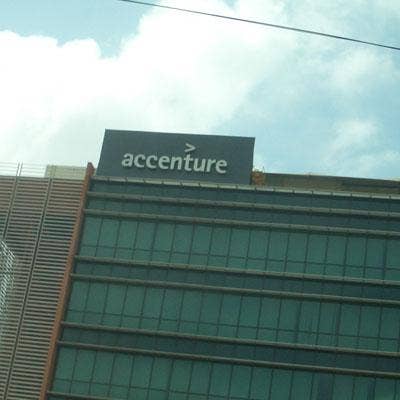
With this shift to services, will Cisco start to look like an Accenture?
"We are not shifting to a services company. We are going to continue to deliver services that are relevant to our customers, that help accelerate their ROI and help accelerate their use of the solutions and the architectures we are bringing to market," said Moore. "We are still going to be very channel-focused. We think that's a huge asset."
Chambers added: "The key take-away ... is that we are not going to follow a model that lets services be isolated. In fact, we are going to become services-led, where it integrates in and pulls through the hardware, the software and the total architectures."

How do you ensure emerging market customers don't fear the U.S. government having a 'back door' into Cisco gear?
"Let me be very specific. We do not help any government in the world, in any way, with our products. We don't design any unique capabilities into them; we don't give anybody access to our code, period," Chambers said.
"Secondly, I think many people in this room have suggested we be more proactive, especially on a global basis, much like some of our peers have, in terms of stating that very strongly and also backing it up with facts, etc., which I think we are going to take a hard look at doing," he continued.
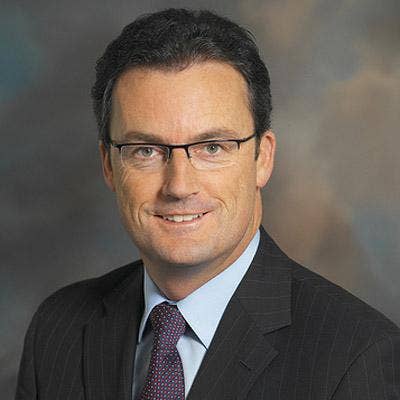
What's the outlook for Cisco's set-top box business?
"The first point is that we are not getting out of set-top boxes. We have customers that rely on us and actually are deeply involved in the transition from their current CPE or set-top box delivery model to a software and cloud delivery model," said Rob Lloyd (pictured), president, Development and Sales, at Cisco. "So we are being selective about our profitability levels with those accounts. In many cases, they have vast networks of distribution and core infrastructure that we provide to them. So, we are not getting out of that business. We are doubling down on the transition from a CPE to a cloud-based delivery model."
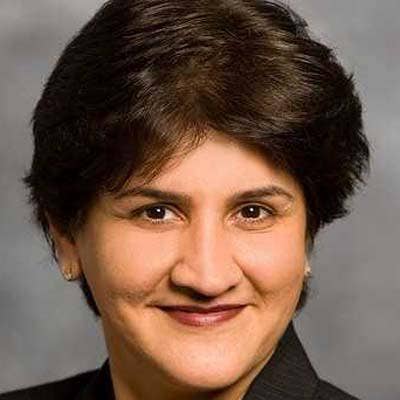
Growth for Cisco's 10 Gigabit switching line has slowed over the past few quarters. What's happening there?
"We are actually, if you look at our overall market share of 10-gig ports, there are two segments of the 10-gig market, primarily in the data center, where we have seen a very strong market share position if you look at the last eight consecutive quarters, including the most recent one, ending in calendar Q3 of 2013," said Soni Jiandani (pictured), senior vice president of Cisco SDN spin-in Insieme Networks.
"If you go back to the Dell'Oro actual reports, you will find that Cisco is at an 80 percent share in modular 10-gig switching and at a 78 percent share in 10-gig purpose-built switches," Jiandani continued. "So those are your two primary segments to watch for because they are the biggest parts of the 10-gigabit Ethernet market segments, which are undergoing growth."
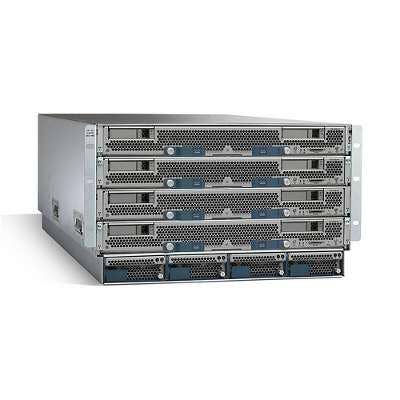
How will the integration of Whiptail storage into UCS expand your addressable market in the data center?
"If you look at whiptail, it was a very important acquisition for us in terms of solid-state capability combining with the UCS," said Chambers. "David Yen, [senior vice president and general manager, Cisco's Data Center Group], ... would tell you that this was his top priority in terms of an acquisition to make, and the day we announced it, literally, their volumes went up dramatically. We are going to combine it with the UCS in terms of capability."
"Our partners know that we have to have that functionality on the server capability to really continue to lead in the server marketplace, and they are remaining very committed to using our UCS in terms of their strategy at EMC and also at NetApp," Chambers continued.

Cisco talks a lot about hybrid cloud. But what if the world moves more toward public cloud?
"We see the opposite happening right now," said Lloyd. "There are enterprise customers, government customers all around the world using public cloud services. But, at the same time, their big enterprise workloads are migrating -- and we hear it every single day, in every conversation -- into private cloud environments, where they expect that the data sovereignty and privacy issues and security issues are better managed inside the business and inside the firewall."
"They may ask somebody else to manage that for them, but they want this architecture inside the construct of a private cloud, and they want it in the construct in their country," he continued.
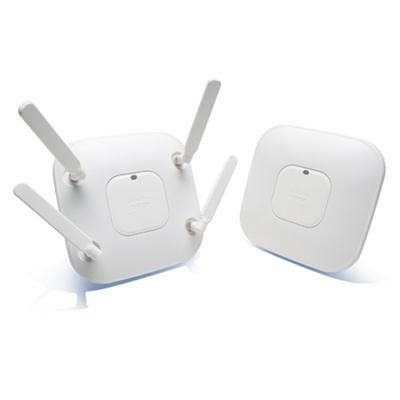
Your router sales have slumped. When will you start seeing growth from NCS or CRS-X?
"I'd expect, with the current cycle and where we are seeing releases, that, in fact, it is a couple quarters to actually get those into the network and then major scale-out after that. That's where I see it happening," said David Ward, CTO of Engineering and Chief Architect at Cisco.
"Really, the transition and the bandwidth demands aren't slowing and can't be slowed. There is only so much help we can give in architecting of networks and finding unused capacity, but that's coming to an end."
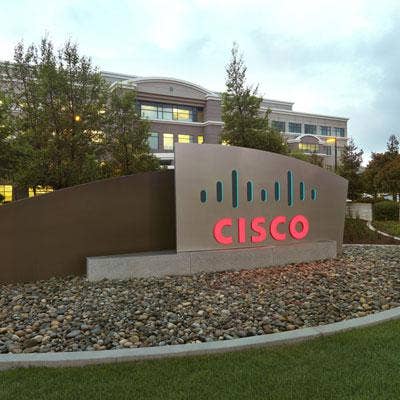
Cisco wants to provide a full stack, but still doesn't have its own storage. Will that change?
"We are absolutely seeing a trend to a lot more big data, analytics and in-memory applications in non-virtualized environments for bare-metal servers, so actually the acquisition of Whiptail and the evolution of that to help create more memory for a big data or analytics pod -- absolutely, there is a demand for that. And we have explained that to our partners," said Lloyd. "We are not going out and trying to take arrays and make them look like SAN switches because we actually have very experienced partners that do that. But there is a requirement to build these pods that have memory with the capabilities we built into UCS, and there is a workload and capability that we are serving, and that's an evolution of compute. And that made sense to our partners."